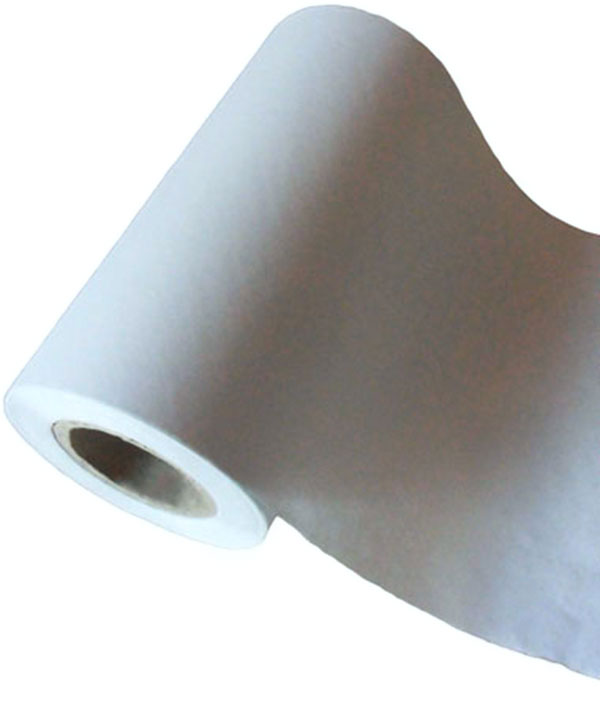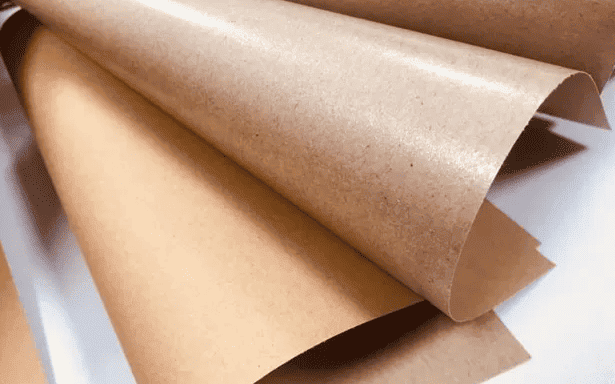Is Polyethylene Paper Eco-Friendly? – Benefits and Recycling Insights
What is Polyethylene Paper and How is it Made?
Polyethylene paper, also known as PE-coated paper, is a versatile material widely used in various industries due to its exceptional water and grease resistance. It is primarily used in food packaging to protect against moisture, grease, and contaminants, ensuring the freshness and quality of the contents. PE-coated paper is made by coating paper with a thin layer of polyethylene (PE) film, which provides excellent waterproofing and durability.
Composition of Polyethylene Paper
Polyethylene paper consists of two main components: the paper substrate and the polyethylene coating. The paper substrate can be made from various materials such as kraft paper, white paper, or bamboo-based paper. The choice of substrate depends on the desired properties and usage requirements of the final product.
The polyethylene coating is typically made from low-density polyethylene (LDPE), a type of PE derived from petroleum cracking. PE, in general, is a thermoplastic polymer produced through the polymerization of ethylene. It is available in various types, including LDPE, linear low-density polyethylene (LLDPE), and high-density polyethylene (HDPE), each with different molecular weights and properties.
Manufacturing Process of Polyethylene Paper
The manufacturing process of polyethylene paper involves coating the paper substrate with a layer of polyethylene film through a combination of heat and pressure. Here is a step-by-step breakdown of the manufacturing process:
- Substrate Preparation: The paper substrate is prepared by selecting the appropriate type of paper and ensuring its cleanliness and smoothness.
- Coating Application: The polyethylene coating is applied to the paper substrate using specialized coating machines. The paper is passed through a series of rollers, where the polyethylene film is heated and pressed onto the paper surface. The temperature and pressure settings are carefully controlled to ensure proper adhesion and uniform coating thickness.
- Cooling and Drying: After the coating is applied, the coated paper passes through a cooling system to reduce the temperature and solidify the polyethylene film. This ensures that the coating firmly bonds with the paper substrate. The coated paper is then dried to remove any residual moisture.
- Finishing and Cutting: Once the coated paper is fully dried, it undergoes additional finishing processes, such as trimming and cutting, to achieve the desired size and shape. It is then ready for further processing or packaging.
Different Types of Polyethylene Papers and Their Characteristics
Polyethylene paper is available in several types, each designed to meet specific requirements in various industries. Here are some common types of polyethylene papers and their characteristics:
- Single-Side PE-Coated Paper: This type of polyethylene paper has a coating on one side of the paper substrate. It offers excellent grease resistance and is commonly used for applications like food wrappers, sandwich wraps, and disposable cups.
- Double-Side PE-Coated Paper: Unlike single-side coated paper, double-side coated paper has a polyethylene coating on both sides of the paper substrate. It provides enhanced water and grease resistance, making it suitable for applications where moisture protection is critical, such as in frozen food packaging and soup containers.
- Sandwich PE-Coated Paper: Sandwich polyethylene paper consists of a layer of polyethylene film sandwiched between two layers of paper. It offers superior strength and durability, making it ideal for applications like takeaway boxes and heavy-duty food packaging.
- Release Liner PE-Coated Paper: Release liner polyethylene paper is specially designed with a silicone coating on one side, which enables easy release of adhesive materials. It is commonly used in the production of labels, stickers, and tapes.
- Matte PE-Coated Paper: Matte finish polyethylene paper provides a non-glossy surface, making it suitable for applications where a more subdued appearance is desired. It is often used in printing applications, such as magazines and brochures.
- Glossy PE-Coated Paper: Glossy polyethylene paper has a shiny, reflective surface that enhances the visual appeal of printed materials. It is commonly used for high-end packaging, labels, and promotional materials.
Each type of polyethylene paper offers unique properties and characteristics, catering to different industry requirements. From food packaging to printing applications, polyethylene paper provides a versatile solution for various packaging and labeling needs.
FAQs about Polyethylene Paper
What is polyethylene paper made of?
To understand the composition of polyethylene paper, we need to look at its two main components: the paper substrate and the polyethylene coating.
How is polyethylene paper manufactured?
The process of making polyethylene paper involves coating a paper substrate with a layer of polyethylene film using heat and pressure.
What are the different types of polyethylene papers?
Various types of polyethylene papers are available, including single-side and double-side PE-coated paper, sandwich PE-coated paper, release liner PE-coated paper, matte PE-coated paper, and glossy PE-coated paper.
What are the benefits of using polyethylene paper in packaging?
When it comes to packaging, polyethylene paper offers advantages such as water and grease resistance, heat sealability, printability, and flexibility.
How does polyethylene paper compare to other types of paper in terms of performance and sustainability?
In comparison to other papers, polyethylene paper excels in water and grease resistance but may have limitations in odor barrier properties and recycling challenges.
In conclusion, we explored polyethylene paper’s composition and manufacturing process. Various types and applications were discussed. The benefits and sustainability aspects of polyethylene paper were highlighted. I emphasized the need for recycling practices to combat environmental challenges. Polyethylene paper proves to be a versatile and sustainable material with diverse applications. It’s crucial to promote recycling efforts for a greener future.




